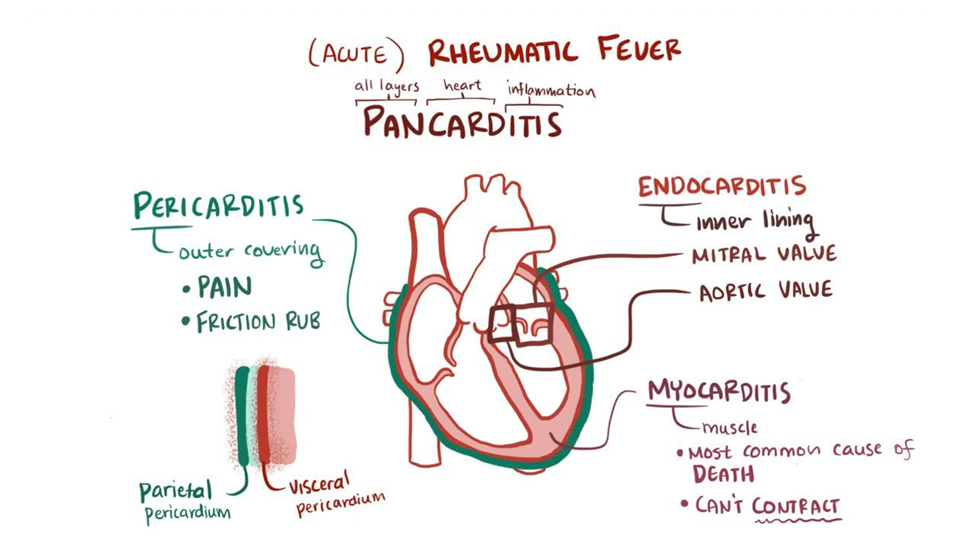A community health nurse teaches a group of seniors at an assisted living facility about modifiable risk factors that contribute to the development of peripheral arterial disease (PAD). The nurse knows that the teaching was effective based on which of the following statements?
“I will need to stop smoking because the nicotine causes less blood to flow to my hands and feet.”
“The older I get the higher my risk for peripheral arterial disease gets.”
“Since my family is from Italy, I have a higher risk of developing peripheral arterial disease.”
“I will need to increase the amount of green leafy vegetables I eat to lower my cholesterol levels.”
The Correct Answer is A
A. “I will need to stop smoking because the nicotine causes less blood to flow to my hands and feet.”
Explanation: This statement reflects an understanding of the association between smoking and reduced blood flow, particularly due to nicotine's vasoconstrictive effects.
B. “The older I get the higher my risk for peripheral arterial disease gets.”
Explanation: While age is a non-modifiable risk factor for PAD, it is not a statement indicating a change in behavior to address risk factors. It is correct information but doesn't involve a proactive approach to risk reduction.
C. “Since my family is from Italy, I have a higher risk of developing peripheral arterial disease.”
Explanation: Family history is a non-modifiable risk factor, and the statement correctly identifies this risk factor. However, it doesn't address modifiable factors or actions to reduce risk.
D. “I will need to increase the amount of green leafy vegetables I eat to lower my cholesterol levels.”
Explanation: This statement demonstrates an understanding of a dietary modification to lower cholesterol levels, which is a positive step toward reducing a modifiable risk factor for PAD.
Nursing Test Bank
Naxlex Comprehensive Predictor Exams
Related Questions
Correct Answer is A
Explanation
A. "Did you have rheumatic fever as a child?"
Rheumatic fever is an inflammatory condition that can affect the heart, especially the heart valves. Rheumatic fever is a known risk factor for the development of valvular heart disease. Asking about a history of rheumatic fever helps identify a potential cause for valve malfunction.
B. "Do you have a family history of valve problems?"
Family history can be relevant in understanding genetic predispositions to certain cardiac conditions. While it may contribute to the overall assessment of cardiac risk, it may not be as directly linked to valve malfunction as a history of rheumatic fever.
C. "Do you have a history of MRSA?"
MRSA (Methicillin-resistant Staphylococcus aureus) is a type of bacterial infection and is not directly associated with valve malfunction. This question may be relevant for other aspects of the client's health but is not specific to ruling out cardiac issues related to valve malfunction.
D. "What over-the-counter medications do you take?"
While knowing the medications a client takes is important for a comprehensive assessment, asking about over-the-counter medications may not be as directly related to ruling out cardiac issues related to valve malfunction. It is more relevant for assessing potential interactions or effects on cardiovascular health.

Correct Answer is C
Explanation
A. Obtain a sputum sample:
This option is more relevant when the client is experiencing cough with sputum production, which might suggest respiratory issues. However, in the context of coughing after eating or drinking, the primary concern is likely related to the swallowing process rather than respiratory conditions.
B. Inspect the client’s tongue and mouth:
While inspecting the tongue and mouth is a good practice for assessing oral health, it may not directly address the issue of coughing after eating or drinking, which is more indicative of potential swallowing difficulties.
C. Perform a swallowing assessment:
This is the most appropriate option for the given scenario. A swallowing assessment helps identify any abnormalities or difficulties in the swallowing process, which could contribute to the client's coughing after eating or drinking.
D. Assess the client’s nutritional status:
While assessing nutritional status is important for overall health, it may not directly address the immediate concern of coughing after eating or drinking. Nutritional status assessment is a broader aspect of care.
Whether you are a student looking to ace your exams or a practicing nurse seeking to enhance your expertise , our nursing education contents will empower you with the confidence and competence to make a difference in the lives of patients and become a respected leader in the healthcare field.
Visit Naxlex, invest in your future and unlock endless possibilities with our unparalleled nursing education contents today
Report Wrong Answer on the Current Question
Do you disagree with the answer? If yes, what is your expected answer? Explain.
Kindly be descriptive with the issue you are facing.
